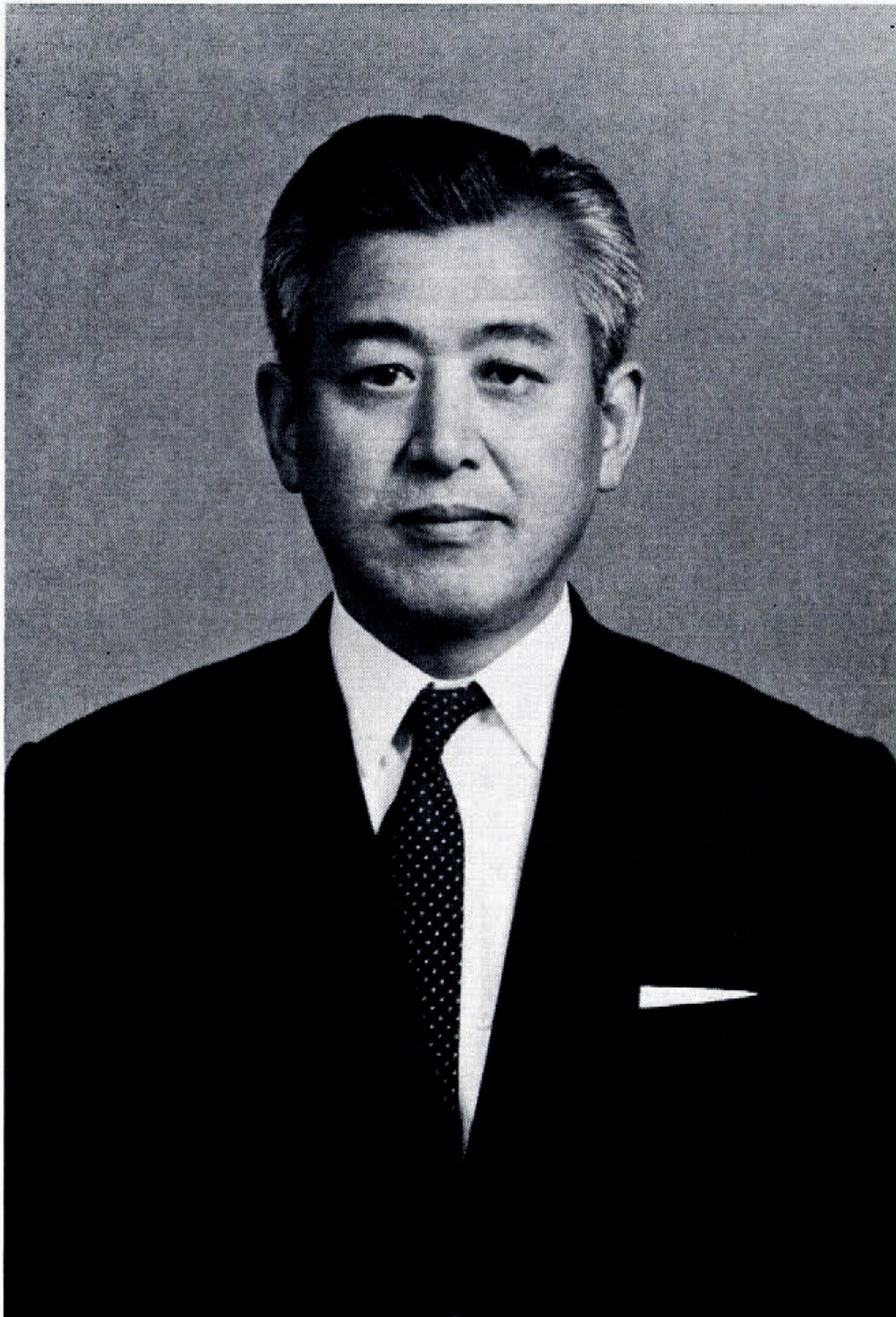
Dr Mikio Shoda, the director of the Institute of Snow and Ice Studies, Nagaoka, Niigata Prefecture, Japan, died suddenly at Nagano City on 9 June 1974. Two days before his death he had climbed Mt. Goryu and Mt. Happo-one to advise on the construction of avalanche prevention structures at these famous ski areas in central Japan. On his return to Nagano City, the usually vigorous and active snow scientist experienced an onset of extraordinary fatigue which was soon followed by a fatal heart attack.
Mikio Shoda was born in Tokyo on 27 February 1924 to an old Japanese family prominent in the national affairs of that country. He graduated from Hokkaido University on 30 September 1946, where he studied quantum mechanics and at the same time developed his life-long love for snow and snow crystals. Following the late Professor Ukichiro Nakaya’s advice, the young Shoda found a post at the Technical Research Institute of the Japanese National Railway in Tokyo. When a small experimental station for snow studies was established at Shiozawa, Niigata Prefecture, he became the chief scientist and began his life-long study of snow. At that time the National Railway was undertaking the electrification of the rail lines in the heavy snowfall regions of Japan. Little was known about the effects of wet snow on power and suspension lines, so he began his first research on this problem. This led to a series of published papers on the mechanism of snow accretion on wires and the mechanical effects of snow loading and unloading. In 1956, the degree of Doctor of Philosophy was awarded to him by Hokkaido University for these studies.
As early as 1954 Shoda became interested in the complex scientific problems posed by snow avalanches. This interest was sharpened in 1963 when unusually heavy snowfalls in Niigata Prefecture led to many avalanche disasters. He organized a research group, involving several institutions, to work on the artificial release of avalanches. Both the scientific and engineering aspects of snow avalanches came to occupy much of his attention in recent years and he became a leading figure in both basic research and the design of avalanche defence structures. Among his scientific colleagues in Japan he came to be known as “Mr Avalanche”. Shoda’s work in this field also drew wide international attention. At the time of his death he was a member of the international working group of the Commission de Neiges et Glaces on avalanche classification and had served as a session chairman at the International Symposium on Snow Mechanics at Grindelwald, Switzerland, in April 1974. During his professional career he published over 60 scientific papers; 42 of these dealt with the scientific and technical aspects of snow and snow avalanches.
In 1972, Shoda retired from the J.N.R. Technical Research Institute after many years of fruitful work and was appointed Director of the Institute of Snow and Ice Studies in Nagaoka, a branch of the Japanese National Disaster Prevention Agency. Here he turned his vigorous attention to a wide spectrum of snow problems affecting construction, transportation and public safety in the heavy snowfall regions of the Japanese Alps.
Mikio Shoda was widely known both in his homeland and abroad as a man of energetic character and forceful personality. His capacity for hard work was legendary even in a land where dedication and persistence in one’s work is the assumed norm. His research laboratory at Shiozawa was a source of fruitful scientific progress quite out of proportion to its modest size. Dedication to snow and avalanche science carried Shoda well past his fortieth year before he found time to marry. Miyoko Hiraga, his former laboratory assistant, became his wife and bore him a son who was the joy and pride of his latter years. Among his friends he was renowned as a man who pursued recreation with the same vigour that he did his work. He was always ready for a song, a dance or a party. He especially loved to sing, favouring above others the classical songs of Franz Schubert. And yet those who knew him well had many occasions to see underneath the man of action an extraordinary sensitivity to the moods and feelings of those around him. We who had the pleasure of working with him came to know him as a man of deep and complex character who enriched the lives of those who came in contact with him. Mikio Shoda enlarged our world with his journey through it and we are all the poorer for his passing.




